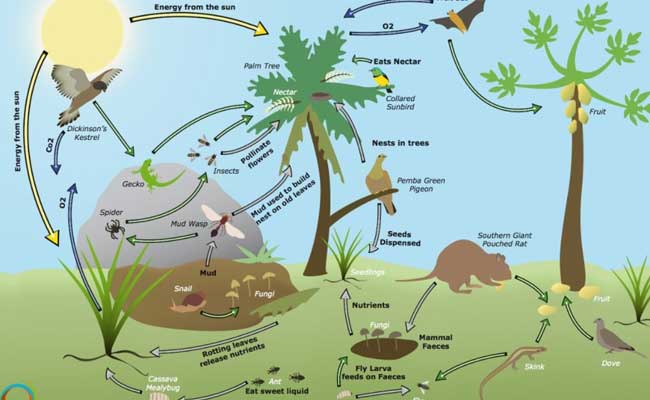Introduction
Sustainable agriculture is a vital approach that aims to meet the growing global food demand while minimizing the negative impact on the environment. By integrating innovative techniques and practices, farmers can strike a balance between productivity and environmental conservation. This article explores various sustainable agricultural practices and highlights their benefits for both farmers and the planet.
Crop Rotation: Enhancing Soil Health
Crop rotation involves systematically changing the type of crops grown in a particular field over time. This practice helps prevent the depletion of nutrients in the soil, reduces the occurrence of pests and diseases, and enhances soil fertility. By alternating crops, farmers can optimize the use of resources, reduce the need for chemical inputs, and maintain the long-term productivity of their land.
Agroforestry: Maximizing Biodiversity
Agroforestry combines trees and crops on the same plot, creating a diverse and productive agricultural system. Trees provide shade, reduce soil erosion, and act as windbreaks, benefiting both crops and livestock. Additionally, agroforestry systems enhance biodiversity by providing habitats for a variety of beneficial insects, birds, and other wildlife. The integration of trees into agricultural landscapes contributes to carbon sequestration and mitigates climate change while improving the overall resilience of farming systems.
Precision Farming: Optimizing Resource Use
Precision farming involves the use of advanced technologies such as remote sensing, GPS, and data analytics to monitor and manage agricultural practices more efficiently. By precisely targeting inputs like water, fertilizers, and pesticides, farmers can minimize waste and reduce environmental impact. Precision farming enables better resource management, improved crop yields, and reduced costs, making it a win-win for both productivity and sustainability.
Water Conservation: Efficient Irrigation Techniques
Water scarcity is a significant challenge in agriculture. Implementing efficient irrigation techniques, such as drip irrigation or precision sprinklers, helps reduce water wastage and optimize water use. Additionally, using sensors and monitoring systems can provide real-time data on soil moisture levels, allowing farmers to apply water only when necessary. By adopting water conservation practices, farmers can not only reduce their environmental footprint but also save costs associated with water usage.
Integrated Pest Management: Natural Pest Control
Integrated Pest Management (IPM) is an ecologically based approach to pest control that minimizes reliance on synthetic pesticides. IPM strategies involve a combination of cultural practices, biological control agents, and selective pesticide use. By promoting beneficial insects, crop rotation, and trap crops, farmers can reduce pest populations while preserving the natural balance of ecosystems. This approach reduces chemical inputs, protects pollinators, and prevents the development of pesticide resistance.
Conclusion
Sustainable agriculture is essential for ensuring food security while safeguarding the environment for future generations. By adopting practices such as crop rotation, agroforestry, precision farming, water conservation, and integrated pest management, farmers can strike a balance between productivity and environmental conservation. These sustainable practices not only reduce the negative impacts of agriculture on the environment but also improve soil health, increase biodiversity, conserve water resources, and promote natural pest control. By embracing sustainable agriculture, we can build a resilient and regenerative food system that meets the needs of today while preserving the planet for tomorrow.
![]()





